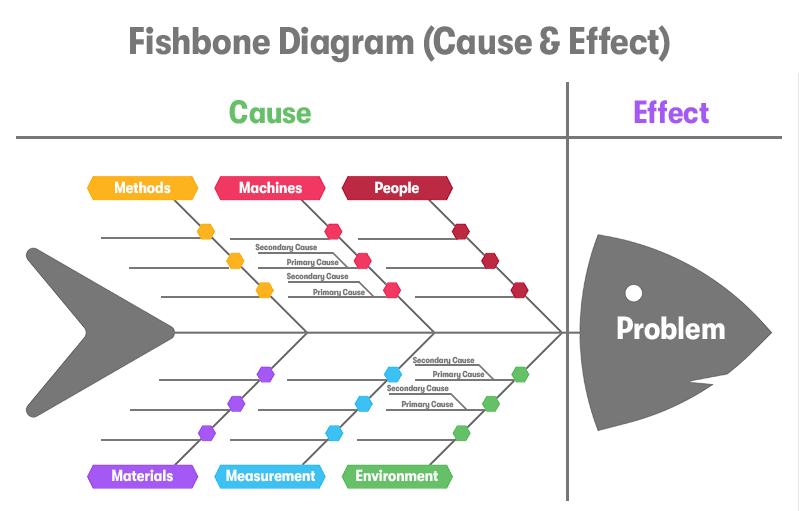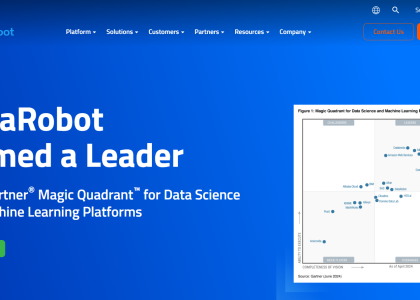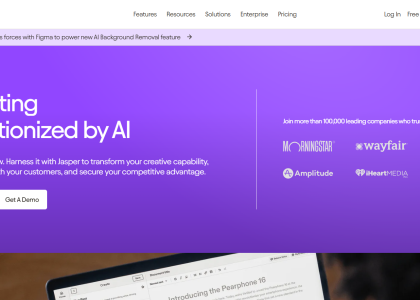— A Deep Dive into the Problem-Solving Frameworks That Make You Unstoppable
You ever meet that one guy at a party who goes:
“AI is stupid, bro. I tried it once, and it gave me some BS answers.”
Meanwhile, you’re over here building side hustles, automating workflows, and writing strategy decks in 10 minutes flat using the exact same tool.
So what gives?
Here’s the deal:
AI is like a Ferrari.
If you don’t know how to drive it, you’ll stall in the driveway.
If you do know how to drive it, you’ll win the race.
And the key to knowing how to “drive” AI isn’t just good vibes and wishful prompts — it’s frameworks.
Mental models. Techniques. Battle-tested strategies for actually thinking like a problem solver.
Let me show you five advanced techniques that will take your AI game from zero to hero.
1. TRIZ — The Secret Soviet Weapon of Creative Problem Solving
What it is:
TRIZ (pronounced “trees”) stands for Theory of Inventive Problem Solving. Born in Soviet Russia in the 1940s, it’s basically the nuclear missile of creativity — a way to systematically invent genius ideas.
How it works:
Step 1: Find the Contradiction
Every interesting problem has a contradiction.
“I want this thing to be strong and lightweight.”
“I want more features but simpler UX.”
Write that down.Step 2: Apply One of the 40 TRIZ Principles
Yep, there are 40. Stuff like:Segmentation: Break a thing into parts (hello, modular design).
Inversion: Do the opposite of what’s expected.
Another Dimension: Move it around in space or time.
Step 3: Prompt Like a TRIZ Genius
“Act like an Inventive Problem Solver. Use TRIZ to resolve the contradiction between [X] and [Y]. List the applicable principles and show your reasoning.”
Example:
Trying to design a fitness app that’s both addictive and healthy?
Boom — contradiction spotted.
Use TRIZ to explore design patterns that make people want to engage while actually promoting good behavior.
Gamification without dopamine overload. That’s how you win.
2. Job-To-Be-Done — What People Really Want From Products
What it is:
JTBD is a framework that says: People don’t buy products.
They hire them to do a job.
You didn’t buy a drill. You hired it to make a hole.
How to use it:
Step 1: Identify the Job
What job is your customer trying to get done?
Not “buy groceries,” but maybe “feel like a good parent feeding their kids healthy food fast.”Step 2: Context is King
When and where is the customer trying to do this job?
Standing in the rain, outside a grocery store, on a Tuesday night? Context unlocks emotion.Step 3: Prompt Like a JTBD Strategist
“Act like a Customer Insight Specialist. Analyze
through the JTBD framework. What job is the customer hiring it for? What are the pain points? How could it be improved to do the job better?”
Example:
Prompt AI to analyze why someone hires ChatGPT to write emails.
The real job? “Make me sound smart and clear without wasting my time.”
Now design your prompt, your UI, your value around that job.
Not around the tool.
3. Ishikawa Diagram — Root Cause, Not Band-Aid
What it is:
Also called a Fishbone Diagram. It helps you find the real cause of a problem, not just slap a quick fix on it.
How it works:
Step 1: Define the Problem (the “Effect”)
“My team misses deadlines.” Cool. That’s the fish’s head.Step 2: Draw the Bones (Categories)
Think: People, Processes, Tools, Environment.Step 3: Break it Down
Under “People” → poor training, unclear roles.
Under “Processes” → no sprint planning, too many meetings.Step 4: Prompt Like a Root Cause Detective
“Act like a Quality Improvement Specialist. Build an Ishikawa diagram to analyze the causes of [problem]. List each category and subcategory. Suggest actionable fixes.”
Example:
“My AI outputs suck.”
Fishbone it:
Prompt too vague?
Not using system instructions?
Output expectations unclear?
Fix those — and suddenly you’re getting GPT to write pitch decks that close clients.
4. Zwicky Box — Unleash Combinatorial Creativity
What it is:
This is like a creativity cheat code. You define dimensions of a problem, list variations for each, then mix and match to find wild combos.
How to use it:
Step 1: Pick Your Dimensions
Say you’re designing a travel app. Your dimensions could be:Trip Type (Business, Leisure, Medical)
Booking Time (Last-minute, Planned, Recurring)
Mode (Flight, Train, Carpool)
Step 2: Populate the Box
Fill in possible options for each. Now, you’ve got a matrix of ideas.Step 3: Prompt Like a Mad Scientist
“Act like a Complex Systems Analyst. Use the Zwicky Box to explore novel combinations for [idea]. List dimensions, options, and analyze possible innovations.”
Example:
Want to build an AI side hustle?
Define:
Use Case (Content, Automation, Analytics)
Market (SaaS, Freelancers, SMBs)
Delivery (App, Plugin, Notion Template)
Now combine: “Automation + Freelancers + Notion Template.”
Boom. You’ve got “AutoClient,” an AI tool that writes onboarding documents for freelance designers in Notion. 💰
5. Affinity Diagram — Turn Messy Ideas into Gold
What it is:
When your brainstorming session looks like a crime scene — post-its everywhere, conflicting ideas — use this to find the patterns.
How to use it:
Step 1: Dump Your Brain
List all the ideas, insights, and observations you’ve got about a topic.Step 2: Group By Vibe
Cluster related ideas. Maybe one group is “AI risks,” another is “prompt strategies,” another “business use cases.”Step 3: Prompt Like a Psychologist
“Act like an Organizational Psychologist. Organize ideas related to [topic] into an affinity diagram. Group by themes and explain what insights emerge.”
Example:
Trying to figure out how to monetize your newsletter?
Write down every idea: Sponsorships, Paid Substack, Workshops, Affiliate links, AI tools…
Group into “One-time Revenue,” “Recurring,” “Audience Builders.”
Suddenly, you’ve got a strategy map.
The Final Word: Don’t Be a Prompt Peasant. Be a Prompt Wizard. 🧙♂️
The reason most people struggle with AI is because they treat it like a vending machine.
Pop in a prompt. Pray for candy.
But here’s the truth:
AI is your co-founder. Your research team. Your creative partner. Your personal strategist.
But only if you give it the right frameworks to work with.
Want to unlock next-level results?
Don’t just type random questions.
Give it structure. Give it context. Give it brains.
Frameworks like TRIZ, JTBD, Ishikawa, Zwicky, and Affinity aren’t just for consultants.
They’re your cheat codes to building wildly useful, original, and money-making stuff with AI.
So next time someone says,
“ChatGPT is mid.”
Just smile.
Then build a business with it while they’re still figuring out how to write a bullet list.







